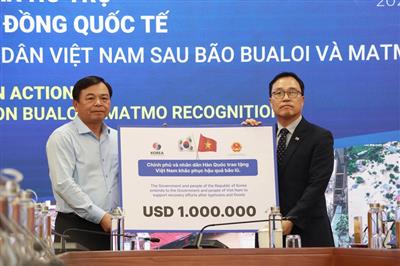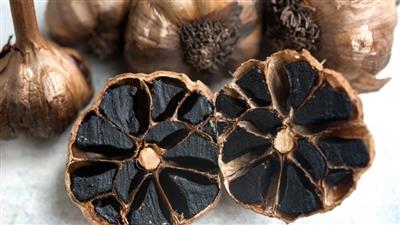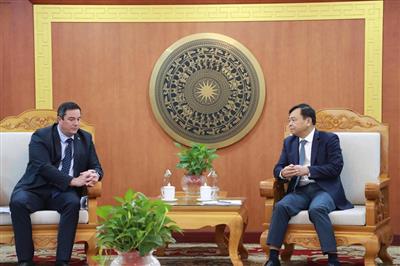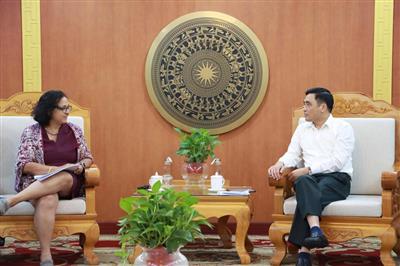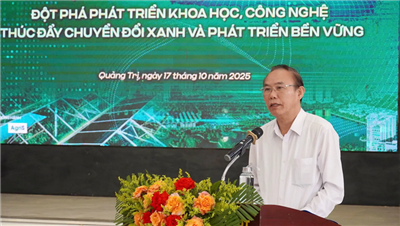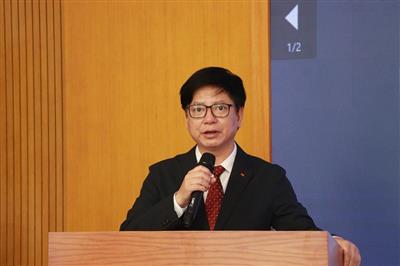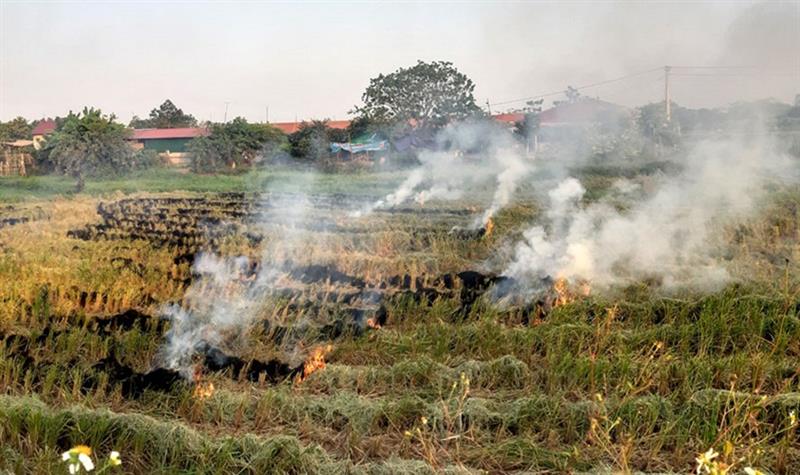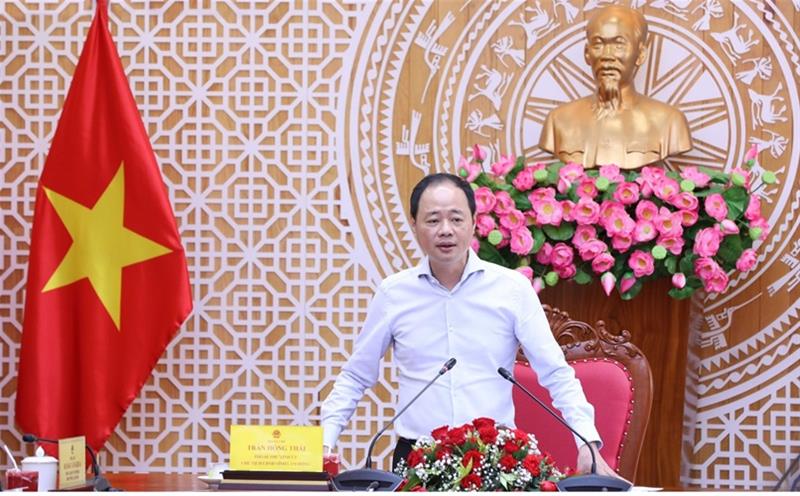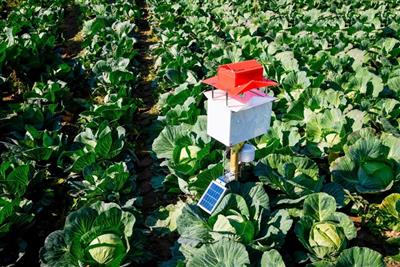
Minister Dang Quoc Khanh visits Cheonggyecheon stream restoration project in Seoul
03/07/2024TN&MTAs part of the Vietnam-Korea environmental conference, Minister Dang Quoc Khanh visited the Cheonggyecheon stream—a symbol of Seoul's efforts to "revive the dead river".
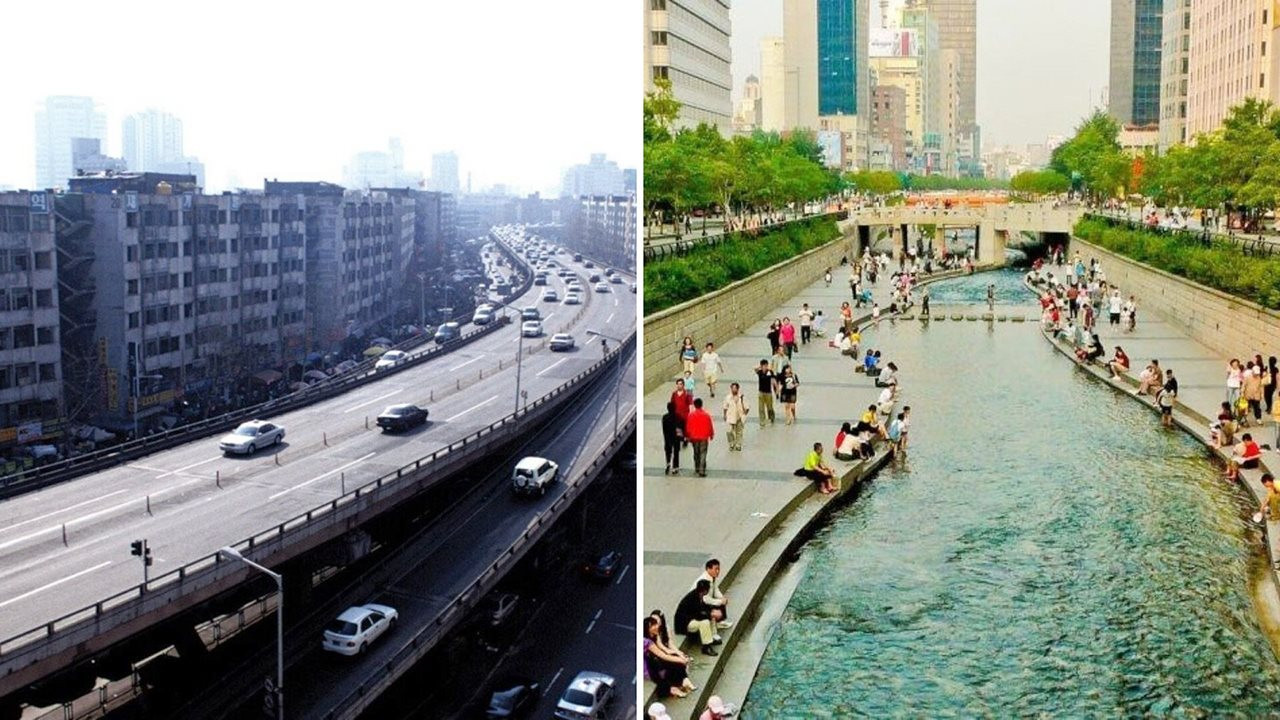
Cheonggyecheon stream before and after restoration
The Cheonggyecheon stream, an 11 km-long stream runs through the heart of Seoul, is a historic waterway restored as part of an urban renewal project. Originating from the Joseon Dynasty (1392-1910), the stream was covered by an elevated highway following the Korean War (1950-1953) as part of post-war economic development.
Due to the severe urban pollution, restoration efforts began in 1958, and by October 2005, the stream was successfully reopened. Initially, the project faced considerable public criticism, but it has since become an ideal green tourist destination and a symbol of Seoul.
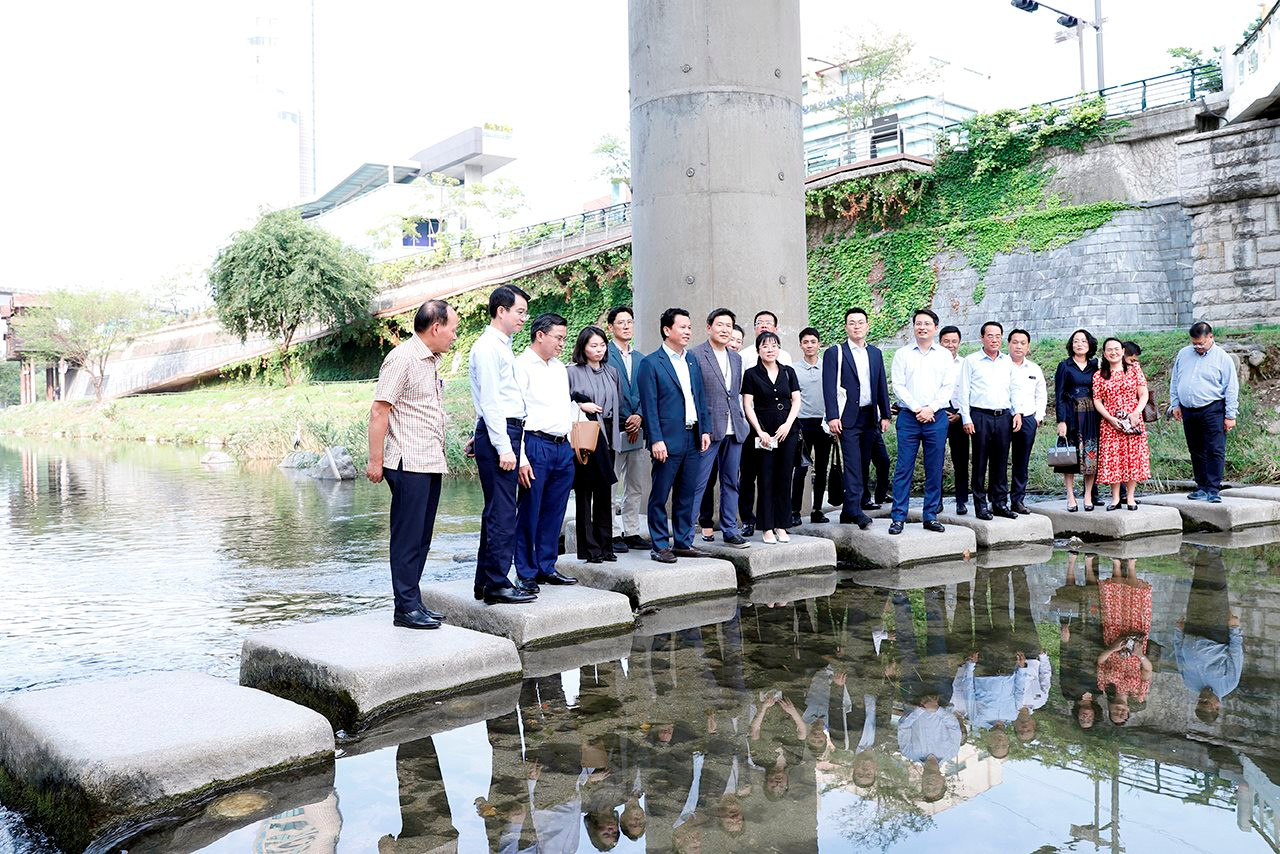
Minister Dang Quoc Khanh visited the Cheonggyecheon stream—a symbol of Seoul's efforts to "revive the dead river"
From the Cheonggyecheon stream to the monitoring and operation area of the stream's management unit, Minister Dang Quoc Khanh admired the city's bold initiative, significant investment, and successful implementation of a new symbolic project for Seoul. He suggested the management unit to share their practices in maintaining and regulating the stream's flow, managing rainwater and domestic wastewater, and detailing operational costs.
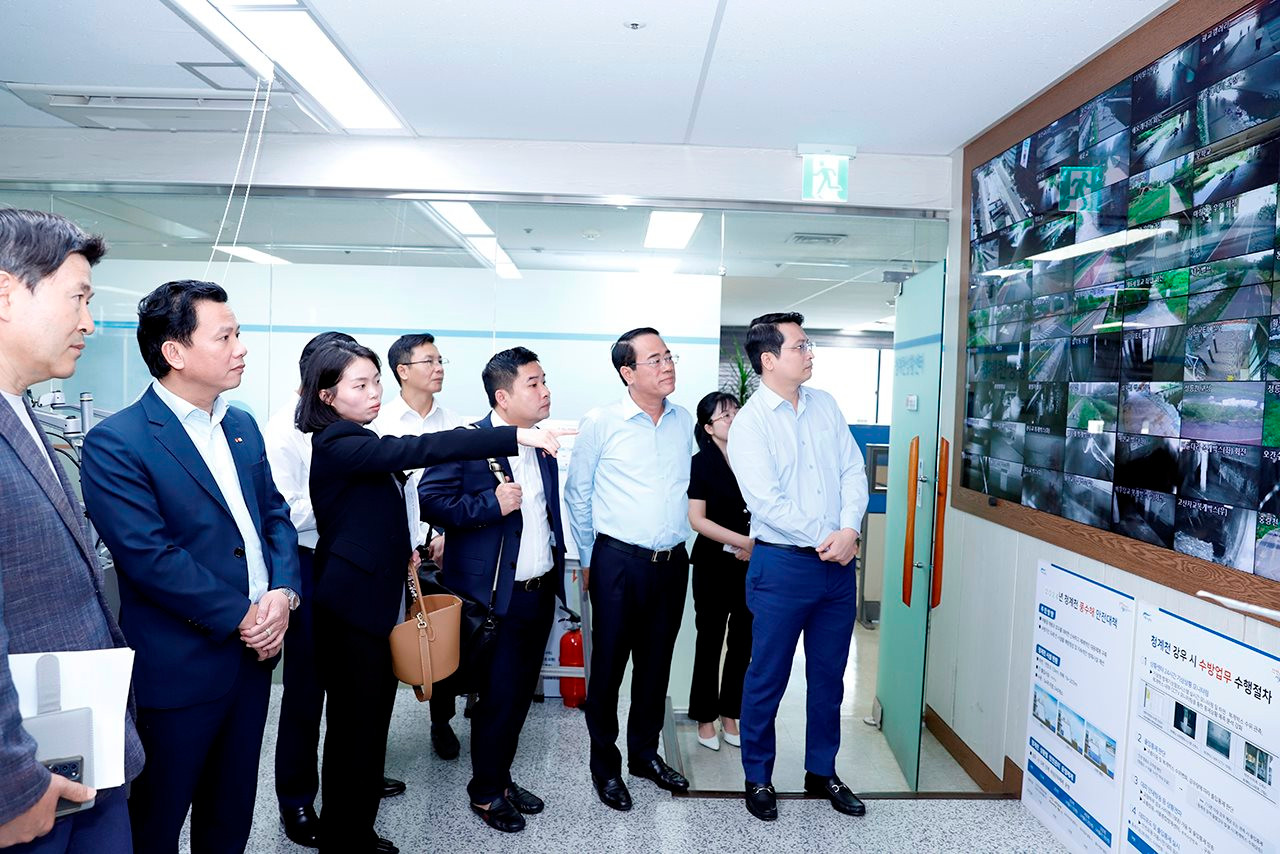
Minister Dang Quoc Khanh visited the Cheonggyecheon stream management and operations center
According to Minister Dang Quoc Khanh the Water Resources Law of Vietnam, which took effect on July 1, 2024, includes provisions for the restoration of polluted water sources. Given that many rivers in Vietnam are heavily polluted, he expressed a strong desire for Korean experts to share practical experiences to help Vietnam create symbolic projects similar to Seoul's.

The activities at Cheonggyecheon stream were introduced to Minister Dang Quoc Khanh by the director of the company managing the system
The Cheonggyecheon Stream Restoration Project involved dismantling an elevated highway segment and restoring a historical section of the stream in central Seoul. This project has become a model for planning intentions and actions across South Korea.
Since its restoration, summer temperatures in Seoul have decreased by 2-3 degrees Celsius. The stream now serves as an ideal relaxation spot for Seoul residents, attracting around 60,000 visitors daily due to its green beauty amidst towering buildings.
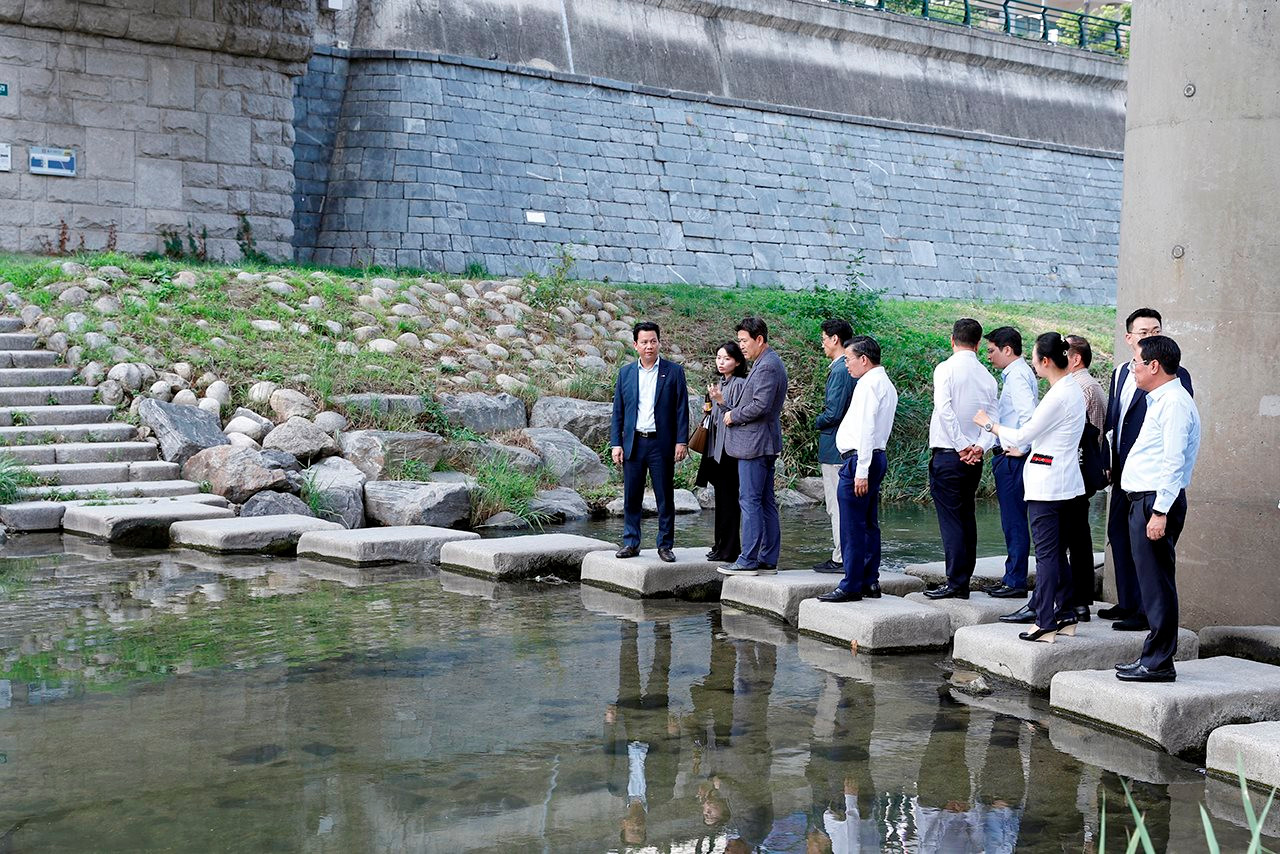
Following its restoration, Seoul has experienced a decrease in summer temperatures by 2-3 degrees Celsius

Minister Dang Quoc Khanh and the delegation from the Ministry of Natural Resources and Environment received a report on the operation and management procedures of the Cheonggyecheon stream
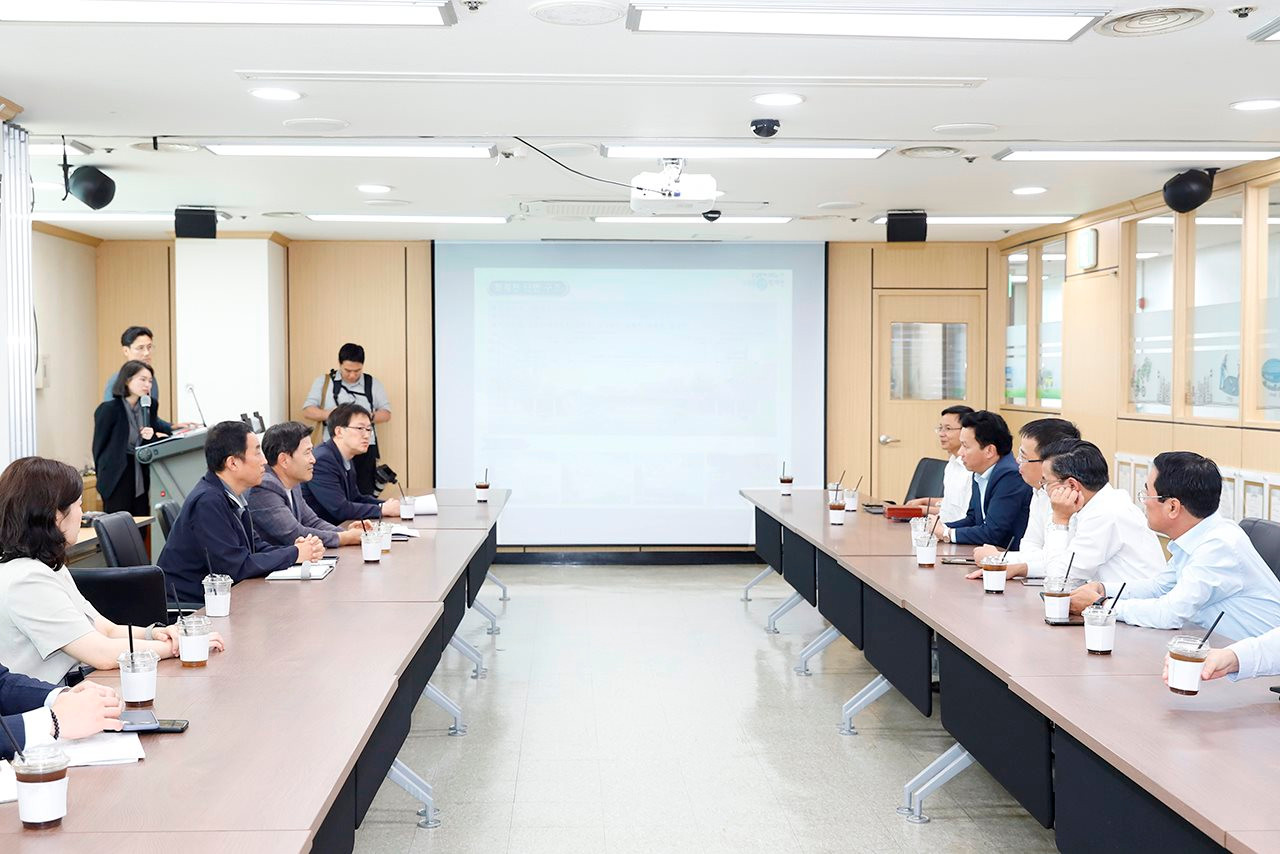
Minister Dang Quoc Khanh and the delegation received a report on the operation and management procedures of the Cheonggyecheon stream
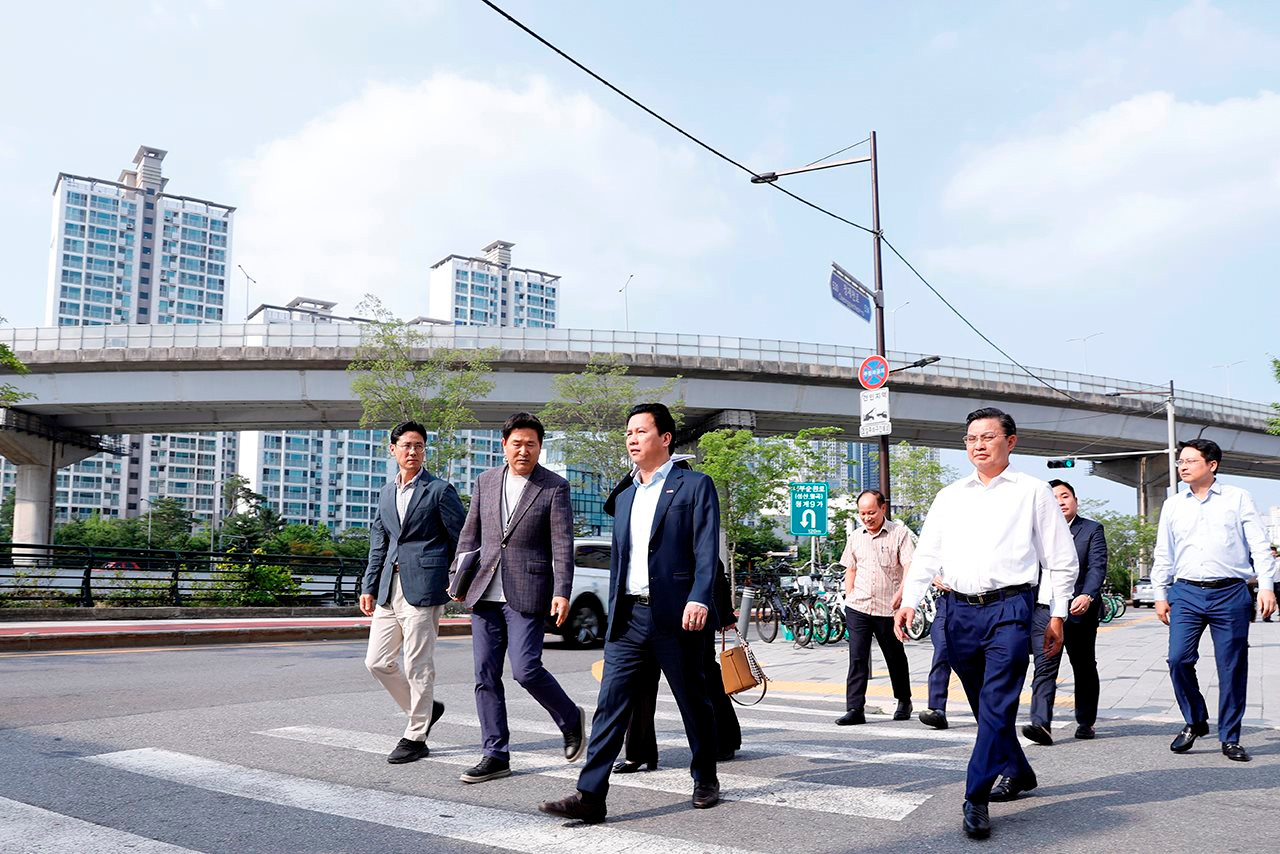
Beneath the walkway is a rainwater collection system
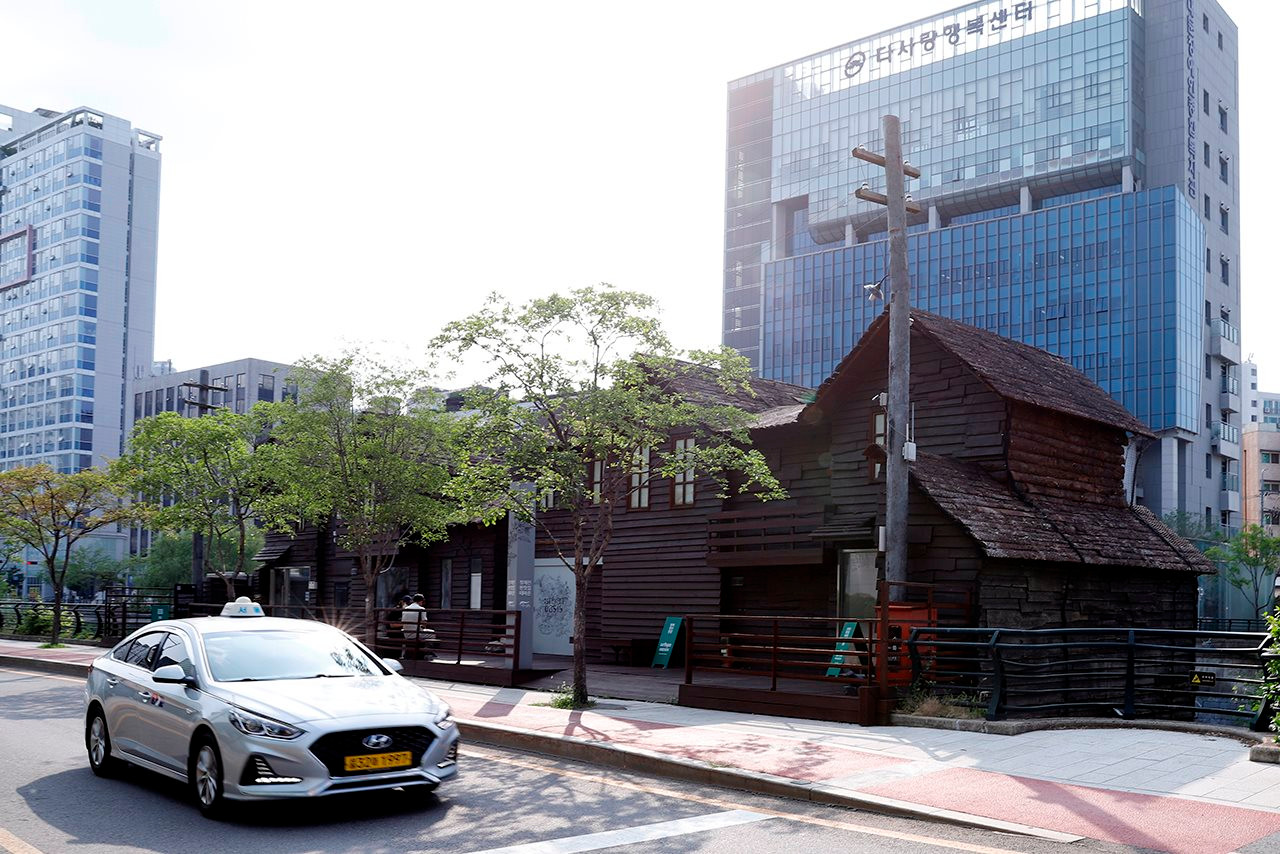
A viewing house was constructed by the Cheonggyecheon Stream Management Board for visitors to observe the stream from above.
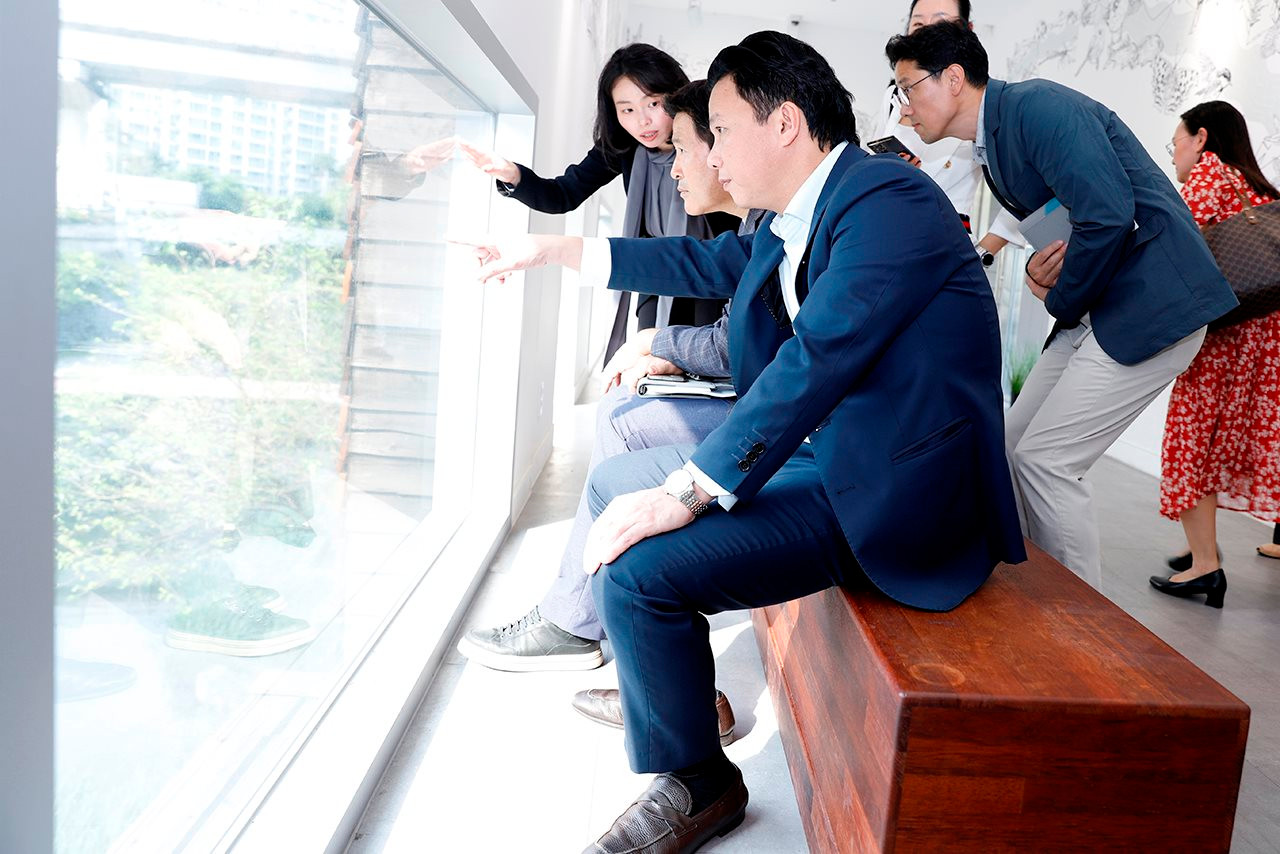
The delegation moved down to experience the stream's clean and fresh environment firsthand

Currently, visitors to the Cheonggyecheon Stream in Korea can stroll along both banks to enjoy the tranquility or visit nearby famous tourist attractions in Seoul

The stream not only regulates the air but also stands as a symbolic landmark of Seoul. With its clear water and 22 bridges connecting the banks, the stream is lined with green trees, providing shade and a leisure spot for Seoul residents.

The city government implemented special solutions to address wastewater issues during the project. Significant wastewater pipelines were constructed underground near Cheonggyecheon since downtown Seoul's wastewater primarily flows through this area. Addressing wastewater treatment was a prerequisite for the restoration.

Ensuring safety, including appropriate flood prevention measures, was a priority during the restoration. The embankments were designed to withstand major floods.

The direct impacts of the restored stream include providing public space and a natural environment. Indirect results include the revitalization of downtown Seoul, now attracting residents and businesses. The restoration has also influenced public awareness and urban planning strategies for central area redevelopment and public transportation improvements.

Minister Đặng Quốc Khánh commended the city's bold changes and significant investment in creating a new symbolic project for Seoul

The delegation took photos at the Cheonggyecheon stream
Ngoc Huyen (NRE Newspaper)





